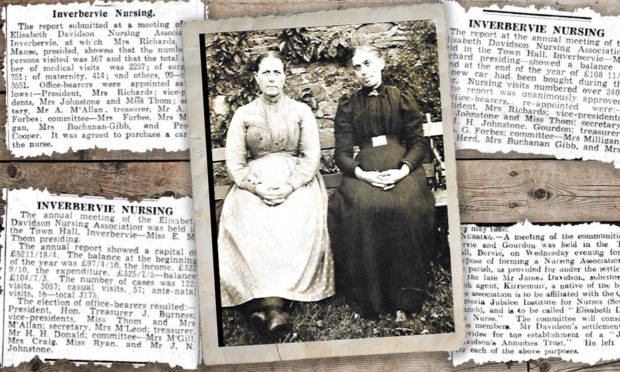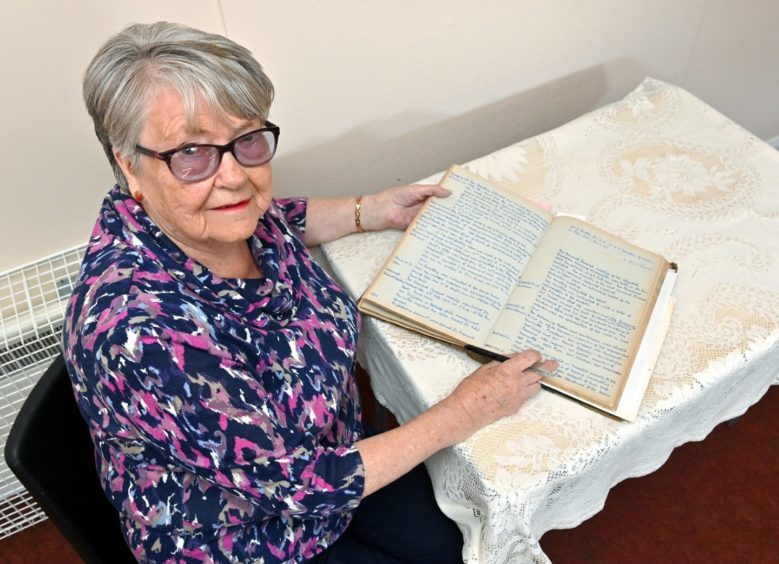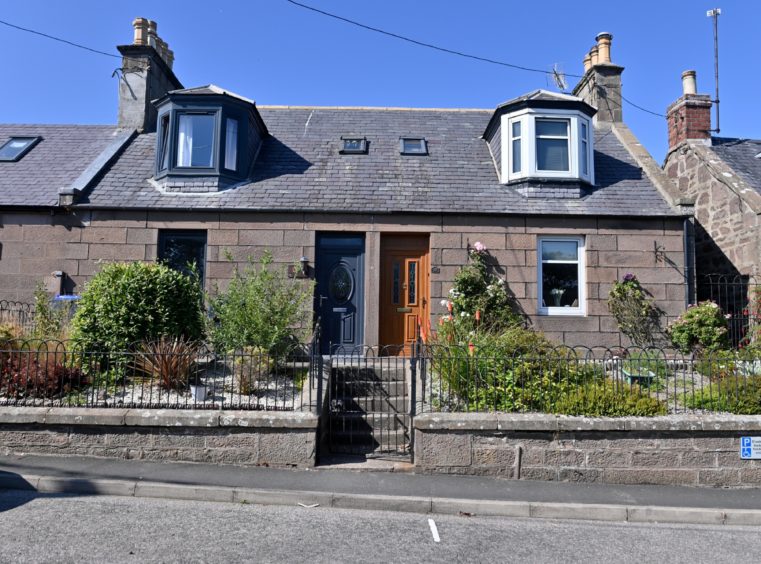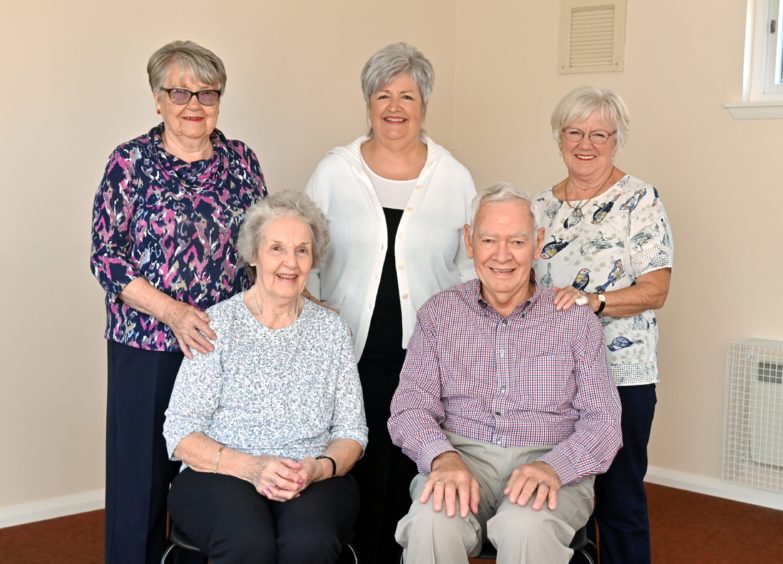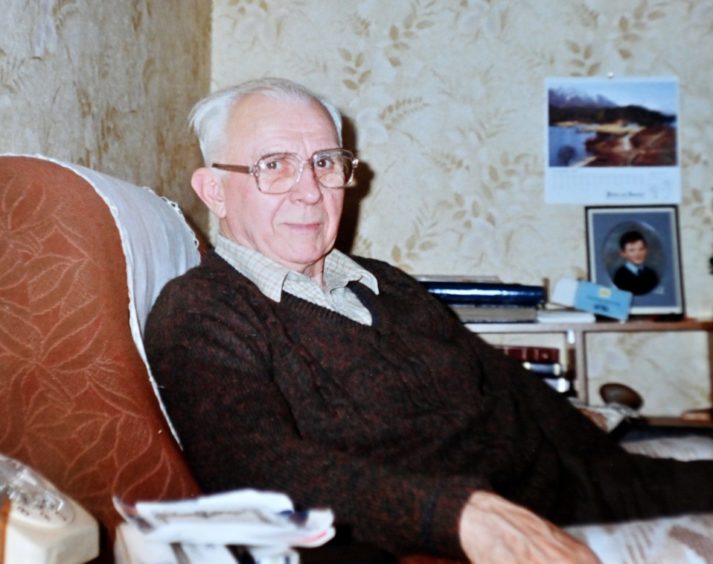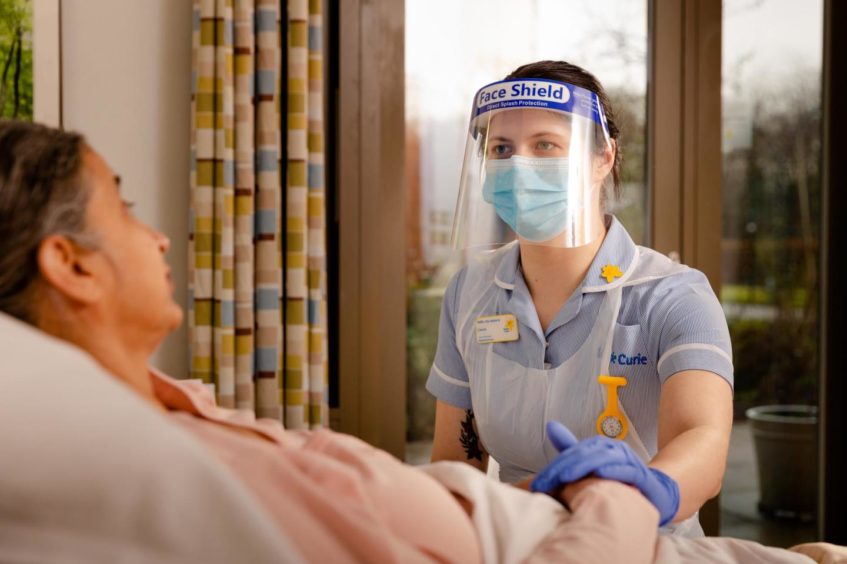It all began with a series of generous donations from a mystery benefactor sent to the parish where he grew up.
The money was to be shared with the poor living in the community during the outbreak of the First World War.
Then a nurse arrived in the village of Inverbervie with instructions to give healthcare to anyone who needed it.
Neither the nurse nor the residents knew who was providing the service.
It was only when Colonel James Davidson died in 1926 that it became apparent who the generous benefactor had been.
The Kirriemuir solicitor’s bequest for a nursing association was then announced with £5,000 left for the association and £5,000 to be left in trust.
And there were strict instructions for all the interest gained from his money to be distributed annually to the needy in the Burgh.
How did the trust help sick people in the community?
The trust was launched in memory of Col. Davidson’s sister Elisabeth who cared for their sick mother in Inverbervie. His sister died in 1908.
Originally named the Elisabeth Davidson Nursing Association, the first nurse working for the trust would visit sick residents and care for them in their own homes.
Notes have been recorded on all the money spent on medical equipment over the years in a book.
Frances Blake, who has been involved with the trust since 1992, said it was clear that Col. Davidson was a generous man and wanted to remain anonymous while he lived.
“I think that’s what he wanted it to be,” she said. “He obviously didn’t want any praise for it.
“It was a family who’d cared about the place they’d lived in.”
A house was bought for the nurse
The nursing association worked on a subscription basis with all residents living in the Inverbervie and Gourdon areas.
It’s recorded in the book that patients who could afford to pay but did not subscribe to the service would be charged one shilling per visit.
But if the patient was poor they did not need to pay.
The colonel’s brother William had emigrated to America in the 1920s and was also involved, sending money to buy a house for the nurse to live in.
Over the years she was provided with a bicycle and later an Austin 7 saloon car so she could travel to visit patients further afield.
The book notes that in 1932 there were 253 subscribers to the service in Inverbervie and 202 in Gourdon.
Nurse Christie, as she was known, had a very busy year that year with 1581 nursing visits and 782 maternity appointments in houses across the area.
What happened to the trust?
When the medical services were nationalised in July 1948 the authorities were keen to take over the money for the NHS and the nurse’s house.
But the trustees at that time took their case to the Court of Session and were granted the right to retain the money for the parish.
That was when the name was changed to the Elisabeth Davidson Memorial Benevolent Trust.
At that point the trust employed two nurses who went on to work for the NHS and the properties were sold.
The funds were then to be used “for the benefit and assistance of sick, aged and physically or mentally handicapped persons of restricted means”.
The current trustees have continued to make sure the health of local residents is their top priority.
“Times change and at the time the trust was amended it would not have been foreseen that the welfare system would develop to what it is today,” Frances said.
“Since 2000 we have mostly provided equipment either to the Bervie Medical Practice to assist with patient care, or provided equipment that the individual could use in their own home to make life easier.”
She said the work of the late Sandy Cooper, the grandson of John Low, a close friend of the colonel who helped distribute the money in the 192os, helped keep the trust continuing over the years.
The trust has helped pay for many services over the years, providing funds for a dietician and physiotherapist in the 1970s and buying equipment for the local surgery such as ECGs, blood pressure monitors and a trolley.
Money was also spent on smaller items for district nurses to use such as thermometers, back rests, bed cradles and digital baby scales.
All the money left in the trust has now been donated
“I think it’s just been amazing,” said Frances. “Lots of people maybe were never aware of what went on.
“As for the trust having such a long life that all goes down to Sandy Cooper, he was the one who persevered when most people would have given up.
“He chose the trustees and I suppose he thought we were sensible enough and always willing to be there when needed.
“It was a very well set up affair. We were expected to go by the rule book and we were happy to do it.”
The trust is now winding down. There’s been no requests for assistance which has come as a surprise to the trustees, especially during the pandemic.
“With the expansion of the welfare system and today’s food banks the object of the trust is no longer capable of fulfilment,” she added.
‘We’re incredibly grateful to have received this donation’
The trustees decided to call an end to the long-running trust and donate the remaining £28,000 to the Marie Curie charity.
Nurses from the charity provide palliative care to local communities.
Libby Milton, associate director of strategic partnerships in Scotland for Marie Curie, said: “We’re incredibly grateful to have received this generous donation from the Elisabeth Davidson Memorial Benevolent Trust, which will help fund our community nurses in Grampian.
“In north-east Scotland, around 10,500 people die each year, with almost 8,000 needing palliative care, and as such, we are vital to the local community
“It’s through generous supporters that we are able to provide care and support to those living with a terminal condition and provide the best end of life experience for someone who chooses to die at home with their loved ones around them.”
Read more health news…
Agony of loving someone addicted to drugs
Anxiety busting app to help children deal with school adjustments
